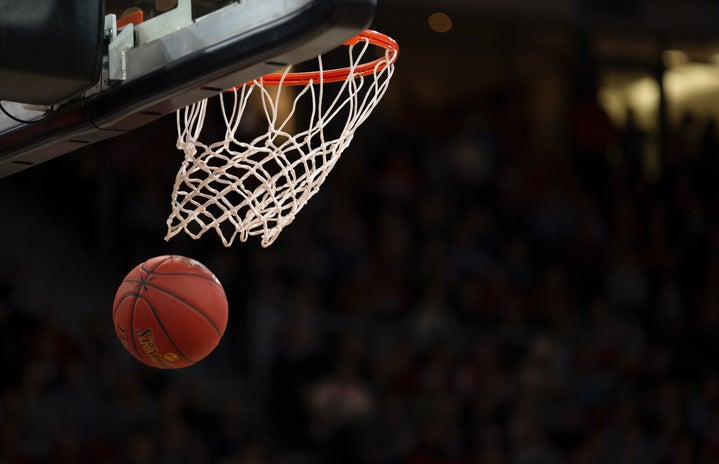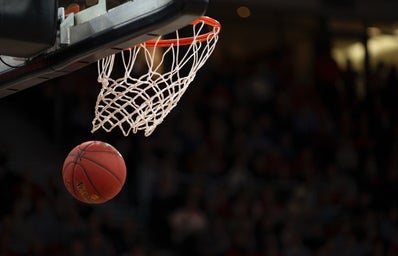Every year, 68 Division I collegiate men’s and women’s basketball teams are selected to participate in the NCAA tournament colloquially known as “March Madness”. If you haven’t heard of it from the frat brothers betting exorbitant amounts of money on brackets they have created that’s okay, but if you want to make it seem like you have any idea about what they are talking about—here is a quick summary of what the tournament is, as well as how these “brackets” work.
The term March Madness was originally coined in 1939 in reference to high school basketball by an Illinois teacher. The term was eventually used by a sports reporter and is now synonymous with the NCAA tournament. These teams earn their bids to the tournament based on their winnings in their respective post-season tournaments. For example, in the Patriot League Colgate Men’s basketball won the Patriot League championships—automatically securing their spot in the tournament, as did American University in the women’s tournament. There are also “at-large” bids which essentially are selected via selection committee on “selection Sunday” and are then invited to the tournament. The invited teams are then broken up into four regions: West, South, East, Midwest. These regions are inherently misleading—with University of Michigan and other northern schools being titled in the South conference, so just keep that in mind.
The teams are then ranked within their respective conferences (also by the selection committee that selected which teams should be invited to the tournament), this year Gonzaga University men’s basketball is ranked first in the Western conference, and Baylor University men’s basketball first in the Eastern conference. The ranking is mostly based on in-season performances as well as historic performances. These rankings are important for betting and bracket making—which we will return to. The teams then compete and are eliminated game by game eventually making it to the “final four” which are considered the best four teams in the nation at that point in time. They then battle it out and there is a final champion that reigns supreme.
However, in recent years, college students, gamblers, and pretty much just about everyone else have begun to bet and create brackets on their predicted winners. Depending on how much these gamblers are willing to give up determines the scoring of their brackets, the goal is to predict the winners of each game perfectly. The funny part is the actual odds of perfectly picking each team for every single game of the tournament is according to the NCAA… this is not a joke… 1 in 9,223,372,036,854,775,808. If you can even read that number out loud correctly that is a feat. Now, those odds are based on coin flipping or just straight up guessing. With some basic knowledge of basketball, the odds increase to a whopping 1 in 120.2 billion.
So why do all the frat boys and their literal mothers want in on this tournament? Why care about people that you don’t know personally playing a sport that not many people know how to even play? Well, for starters, marketing and advertisements for the tournament have increased exponentially in the past years, mostly for the men’s tournament. Deadline.com tells us that both men’s and women’s NCAA tournament advertising brings in a heaping 1.2 billion dollars every single year—of which 60% are corporate sponsors of the NCAA. Essentially, this means that advertisers increase their investment into NCAA marketing and make a ~decent~ return on their investment. Not only has the marketing for this tournament increased greatly in recent years, the student-athletes participating in March Madness are the future of sports in the U.S. It may not seem like it in the moment, but this is where professional athletes are made. WNBA and NBA scouts from all over the country watch these games just as the average joe does. However, they’re looking at it from a completely different perspective. They are looking to see who on each team is good under pressure, who is making the calls and who are the leaders, because they want those kids. Not only that, but they also want to make money, and by picking the top players in college, they will increase their team revenue. They can use their new players as a ploy to create a whole new brand, or just increase their winnings (monetarily and game-wise). Whether you agree with the principle or not—it is the reality of the situation.
Whether for betting purposes or for fun, knowing about the American tradition of the NCAA tournament known as “March Madness” is not only important for schooling the frat boys that may be a little aggressive when discussing their picks, but important for trivia night at the local bar.
Sources: NCAA.com
Deadline.com


